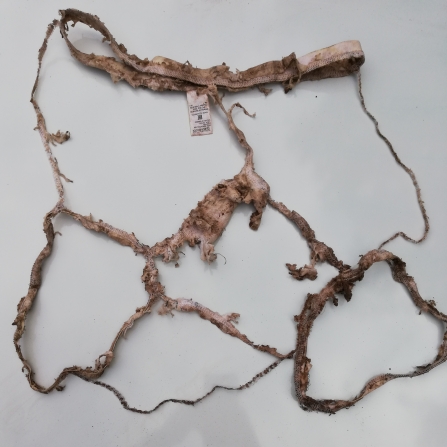This seemingly unusual experiment based on science gives a clear visual indication of soil health at different locations across the farm, according to how much cotton has decomposed. This is important because healthier soil is better at storing carbon.
Surrey Wildlife Trust changed the farming practices at Bonhurst Farm in the autumn of 2017 to a low input, extensive grazing system. A 25 acre conventional perennial ryegrass field was oversown with a diverse mix of grasses, legumes and flowering plants. The results of the experiment revealed that the soil in this field was very active with little remaining of the cotton underpants apart from the elastic
In these fields, not only had the change in farming method increased biodiversity below the ground but also above the ground with greater plant diversity for pollinators and other invertebrates as well as increasing the habitat suitability for small mammals and farmland birds.

